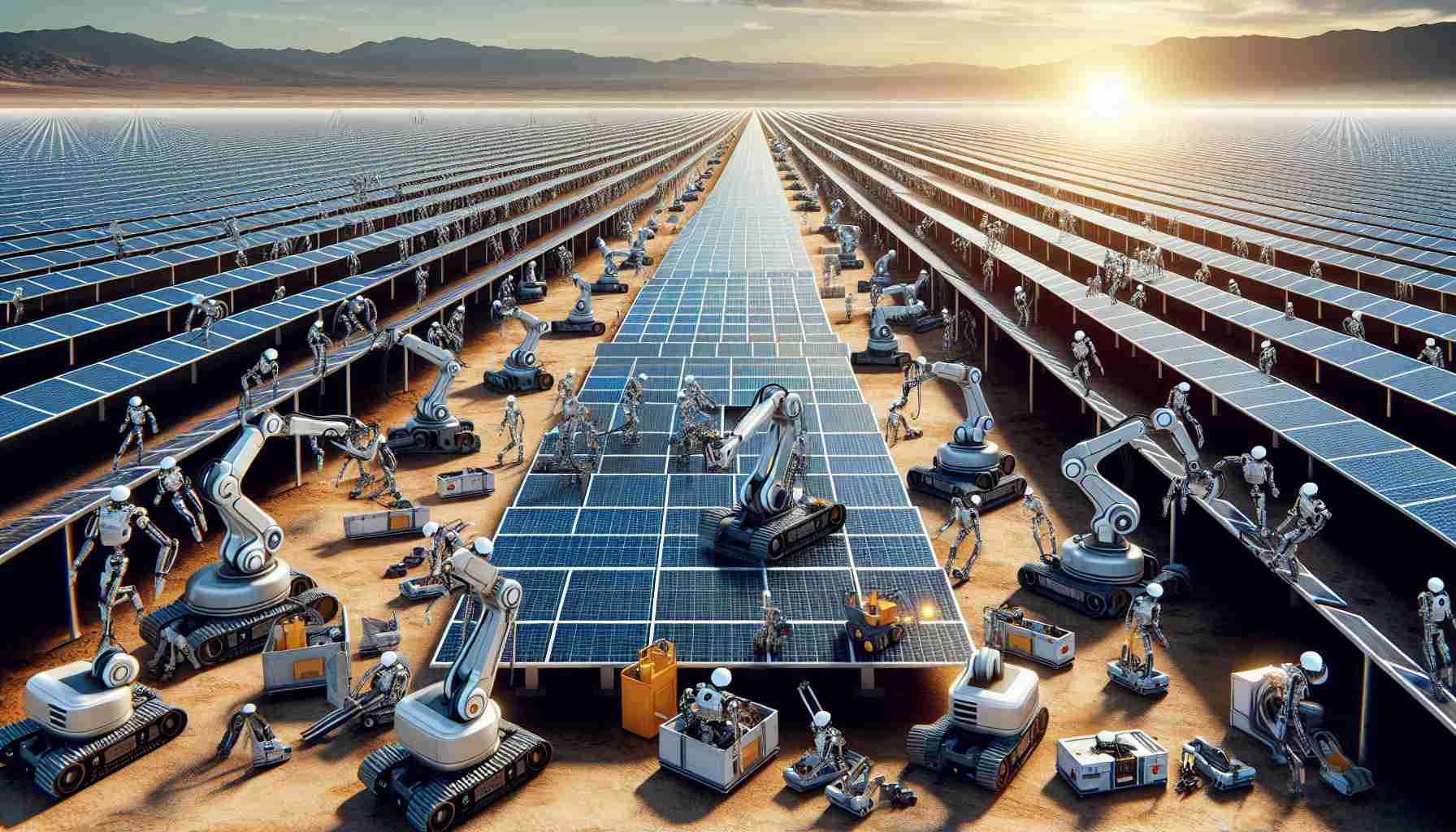Valladolid is on the brink of a groundbreaking evolution in renewable energy, as a novel robotic innovation sets to overhaul traditional solar park construction. In the picturesque town of Peñaflor, the energy company EDP is spearheading a cutting-edge solar project with a remarkable 122 megawatts capacity. Notably, three megawatts of this capacity will be assembled utilizing advanced robotic technology, positioning it as Europe’s first solar park built by robots.
Launched in 2022, EDP embarked on its mission to revolutionize solar energy by integrating automation into construction. Fast forward to July this year, Valladolid emerged as the chosen location for this bold enterprise, marking a significant milestone in deploying robotics in real-world solar infrastructure. The core aim of deploying robots is to substantially boost construction efficiency—a new benchmark in human-machine collaboration.
With robots executing labor-intensive tasks, such as handling heavy structures and solar panels, human workers are freed to undertake specialized roles. This synergy between skilled labor and robotic precision is expected to diminish construction times by up to 50%, ushering in greater sustainability and efficiency in the field.
Despite the promising horizon, this robotic foray prompts questions regarding safety improvements and environmental impacts. Additionally, the initial cost of robotic systems and potential job displacement are crucial concerns that the solar industry must navigate. Nonetheless, if effectively managed, these innovations could herald an era of cleaner, more sustainable solar energy development.
Source: Revolutionizing Solar Energy Construction: The Rise of Robotic Technology


